Aruba’s Phil Mottram On Broadening The Portfolio With SASE, Private 5G and Staying ‘Ahead’ Of The Competition
Aruba has been busy making deals and will be focused on integrating the technologies into Aruba Central to make private 5G a ‘menu option’ for partners to take out to customers, along with a fully baked, competitive SASE offering.
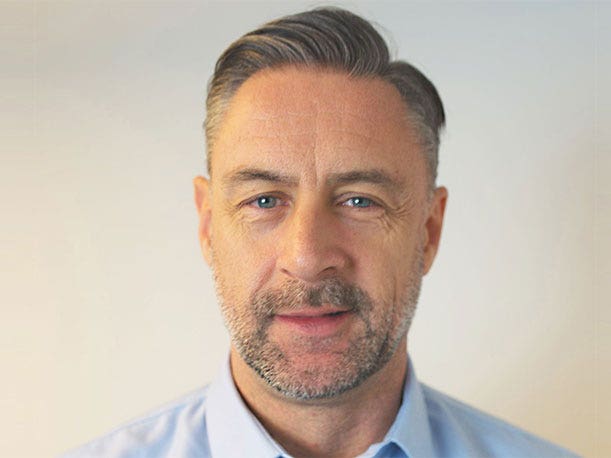
Phil Mottram, president of Aruba, a Hewlett Packard Enterprise company, views his strategy as a triangle. Along the bottom of the triangle is Aruba’s products and services, and he’s been actively adding more products and services along the bottom of that triangle.
HPE in February said it was buying Athonet, a private cellular network technology provider based in Italy, to expand on its edge-to-cloud and telecommunications portfolios. A couple of weeks later, the company revealed plans to buy Israeli cloud security software maker Axis Security to build out its Secure Access Services Edge (SASE) portfolio. Mottram said that there weren’t any glaring holes in Aruba’s offering catalog, but there were areas that the company needed to fortify for the future.
Santa Clara, Calif.-based Aruba, under the direction of Mottram, is working to get ahead of the market for itself and for its partners to make sure that as these technologies do become mainstream, partners are educated and well positioned to take advantage. And as customers buy in different ways, Aruba and its partners will be ready with Network-as-a-Service (NaaS) offerings powered by HPE’s GreenLake platform.
Mottram caught up with CRN to talk about the company’s newest acquisitions and how the technology will be an important part of Aruba’s future strategy and the importance of “getting ahead of the curve.”
Here are excerpts from the conversation.
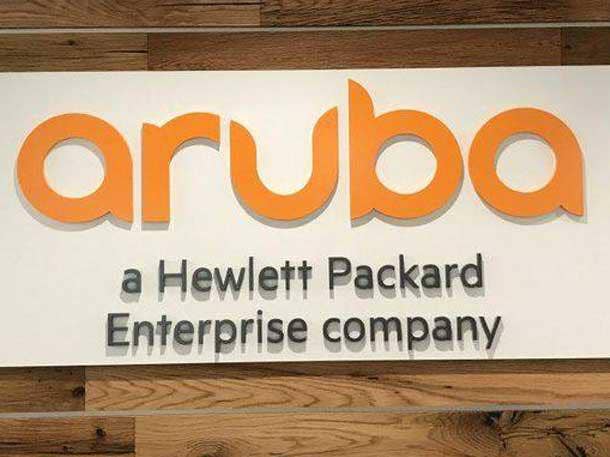
How important are acquisitions in expanding the capabilities of the Aruba portfolio today?
I’ve been running the [Aruba] business now for about 18 months and what I’ve been trying to do is add more products and services. I’ve been trying to do that for two reasons: One is obviously to grow the business, but then the other side of it is we find more and more customers who are sometimes frustrated with some of our competitors and want to move en masse over to Aruba and when they do they want us to have a broader portfolio.
I agreed with the board just over a year ago that we’d expand in three areas. One is data center networks, the second area is private 5G and then the third is around SASE and security. On the data center networks … our activity with Pensando and the [distributed services] switch is doing really, really well. [There has been] very good feedback from customers and lots of interest, a huge pipeline, etc. We’ve hired about 100 engineers that are building out more of our data center portfolio and you’ll see a lot more from us on that over the next 12 months. More technology will help our partners go out into the market and address customer needs.
It’s less about filling gaps and more expanding into adjacent markets—that’s the way I look at it. I don’t think there were obvious holes [in the portfolio]. But what we’re trying to do is get ahead of the market for ourselves and our partners to make sure that as these technologies take off, and customers buy in different ways, then Aruba and all of our channel partners are well positioned to take advantage of those changes in the market. So it’s more getting ahead of the curve.
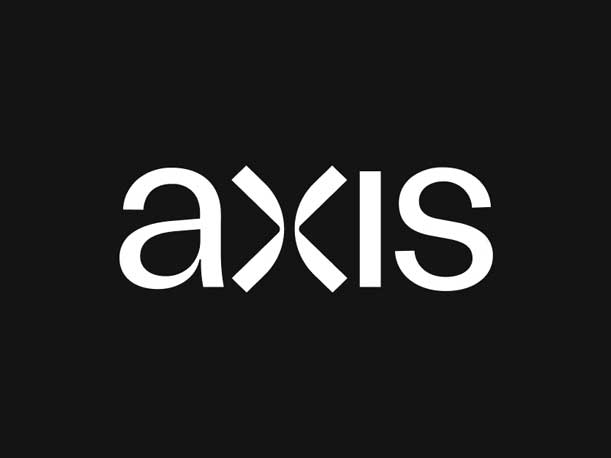
How important is the Axis Security acquisition in helping Aruba build out its security portfolio?
Another area [we’re expanding in] is SASE security, where we see the markets of network and security merging over time. Customers are interested in five elements that Gartner refers to in their SASE framework—it’s two on the network side, network firewall and SD WAN, and then three on the security side, which are ZTNA [Zero Trust Network Access], SWG [Secure Web Gateway] and CASB [Cloud Access Security Broker]. Today, customers mix and match the technologies, so they don’t typically buy four or five technologies from one vendor. But we believe over time that changes. And so, off the back of that, again, we’re trying to get ahead of the market. We did an extensive evaluation for over 12 months of the different security companies out there and decided that Axis Security had the best technology so that’s why we picked them to work with. So, we will integrate [Axis] right into Aruba Central. Silver Peak on the SD-WAN side is already part of Aruba Central, and Aruba Central will continue to be the platform that we use for all of our products and services.
The way we looked at it is we think about 10 percent of customers today buy an integrated [security] platform. And we think three years from now, that will be 60 percent, so the market swing is more toward buying an integrated platform. We already have a good set of security offers as it relates to what we do in the Wi-Fi, campus switching and SD-WAN portfolio. And that provides great security for things. What we have hanging off the back of our networks are things like IoT devices, etc. And by the way, for a lot of hackers, that’s often where they target—they try to go in through IoT devices because an IoT device is less likely to notice that something’s going on that’s a bit strange. So, we’re really good on the ‘things’ element of security. What this acquisition does for us is it gives us the people aspect. We believe that we will have a differentiated proposition because we have the network capability that we bought through Silver Peak, and that’s been a fantastic acquisition. Culturally, the people are great, they fit really well within our culture, so we’ve got a great start there. And then we have this Axis capability. Again, we’ve made sure that culturally they will fit as well and then give us the security on the people side of it, so we think we will have a differentiated offer.
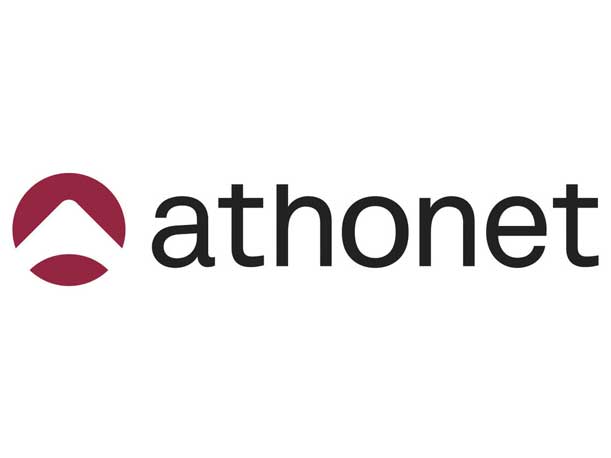
How does the Athonet acquisition fit into Aruba’s private 5G focus?
Private 5G is still an early stage market. And by the way, it’s not all 5G. A lot of the market today is LTE versus 5G. So, it’s actually more mobile private networks. But it’s an early stage market right now, and we see some use cases that definitely work for customers. One would be for some outdoor scenarios where customers want networks in outdoor environments, they are prone to considering private 5G mainly because you get the better coverage. And because you get better coverage, in some instances it means you need less equipment. We [also] see interest in logistics use cases in warehouses where some customers prefer cellular network coverage to cope with speed versus Wi-Fi. The whole environment is still largely Wi-Fi, but at some point that will change over time, which is why we thought we would get ahead of that by buying this company called Athonet. Athonet is reasonably substantial in this space. It’s rare to find a company with north of $10 million worth of turnover and real customers, which is where Athonet has some credibility. They have the largest use case in the utility sector globally. They provide a private cellular network to the largest electric car charging station company across Italy. That’s all run off their technology. One of the things that they were saying to us when we were talking to them about buying was they just didn’t have the scale to be able to take that into other markets, so that’s the reason why they were interested in the deal. We were very interested in that technology, and that will let us build out a 5G portfolio.
Right now, the market is relatively small, [but] interest is reasonably high. And I think over time, we’ll see it develop into quite a healthy market. What we want to do is just make sure that our partners are positioned ahead so they can kind of steer the conversations with customers. I think we are ahead of our competitors. We will be able say to customers, ‘Look, we can take care of all of your connectivity requirements. So be that the network to link your offices via the Wi-Fi infrastructure within the building and campus switches. And you know what? We have this new capability called Private 5G. And depending on the industry that you’re in, in the use cases that you have, this may be better for you than Wi-Fi. We don’t care whether you buy Wi-Fi or you buy private 5G, it’s all going to be integrated as part of the Aruba Central platform and then you’re good to go. You can mix and match the technology as you require.’ So where we’re trying to head is make it a menu option for our partners to take out to customers.
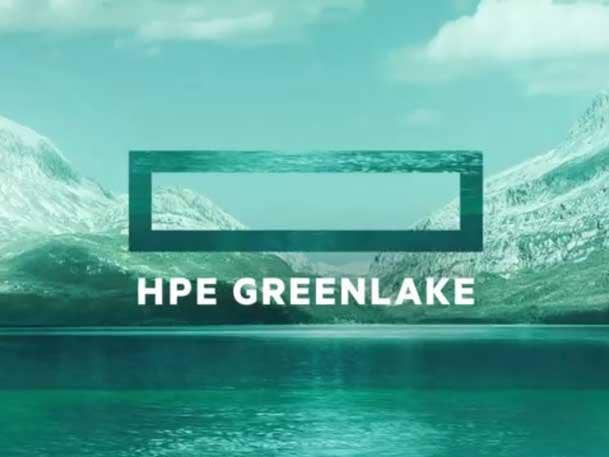
How important is NaaS this year for Aruba?
With the developing market of NaaS, we see interest from some customers in moving away from this kind of old, traditional Capex model to more of a predictable Opex model where they would buy the equipment and also some additional management services on a subscription-based model. We’ve done 30 contracts in this space. The contracts have worked well for us and for the customers as well—the feedback has been very positive on them. We think the bulk of the opportunities is actually in more of the midmarket versus these huge enterprise customers, and the interest varies by customer type. So, for some customers, if you pick construction companies or oil companies, for example, those companies have relatively easy access to Capex so for them, Opex is less interesting. Whereas retail customers, for example, have less access to Capex but more access to Opex. What we have been doing in the last 12 months is putting our efforts into developing standardized and repeatable offers in the NaaS space that our partners can take into the market.
The driving force behind this, obviously, is our CEO, Antonio [Neri], with the GreenLake proposition. What [Neri] is wedded to and spends a lot of his time on is making sure that all of the company’s products and services are offered through a common platform because where we want to get to is if you’re an HPE customer, regardless of whether you’re an Aruba customer or whatever, you go through the GreenLake platform and then you can order, provision and manage a multitude of services. And that’s the kind of story that we want partners and customers to get on board with. In regard to our sales model, partners are at the heart of everything we do. Over 95 percent of our revenues go through partners, and we see no change in that strategy. Far from it. We want to build on it and enable the partners with these new technologies and services, and NaaS is an element of that.
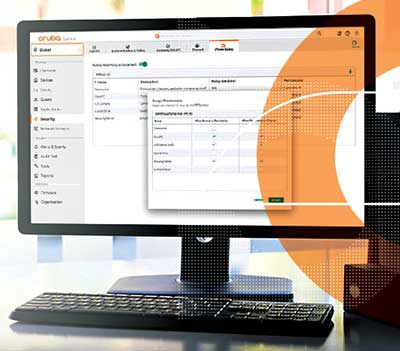
What are your top priories right now?
We’re now not in a situation where we’re short on capabilities. Everything that I asked the board for they said yes to, which is unusual, but it’s a good thing. Our job now is to make sure that we integrate these acquisitions and continue to make headway with the organic investments that we are making in offers and services such as Aruba Central, etc. and make that a great experience for customers and partners. That’s what we are focused on for the remainder of this year and into next— just making sure that everything works in a seamless manner for the partner, for the customer, and then really enabling partners to take these new capabilities and story out to the market. Because it is a change, isn’t it, in the way that a partner would sell and position because some partners are more geared toward Wi-Fi. And there’s a big step between Wi-Fi and security. I don’t think there’s a big step between Wi-Fi and private 5G, by the way. I think as soon as you understand the differences in use cases, it’s not a huge step. But with regard to security and data center and some of these other areas, they are bigger steps, so one thing that we need to do is make sure that we enable our partners to navigate that journey properly.